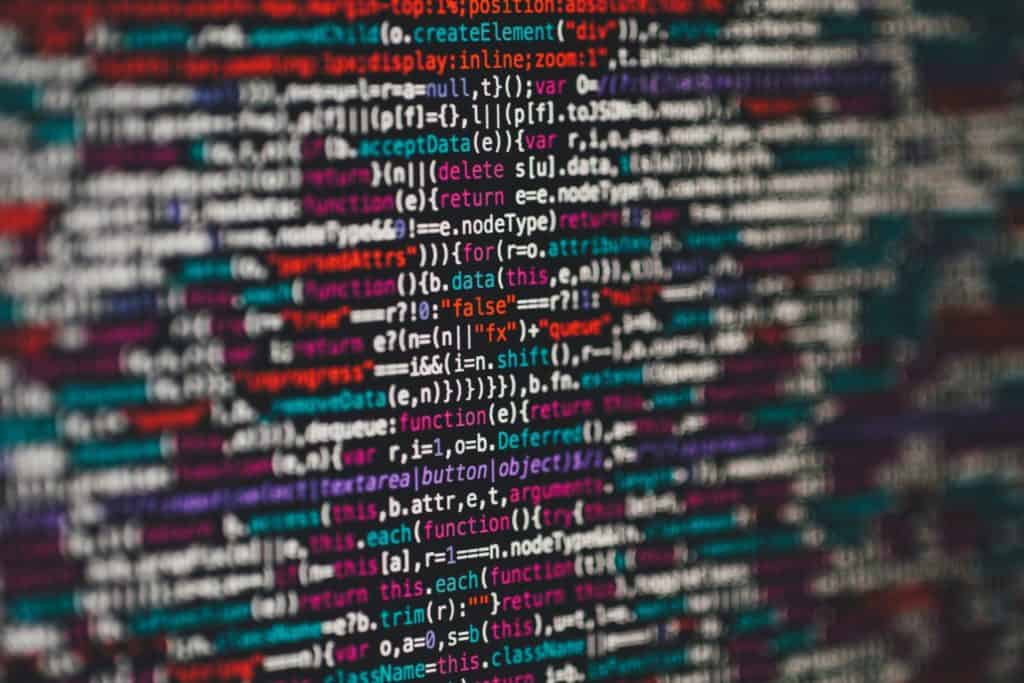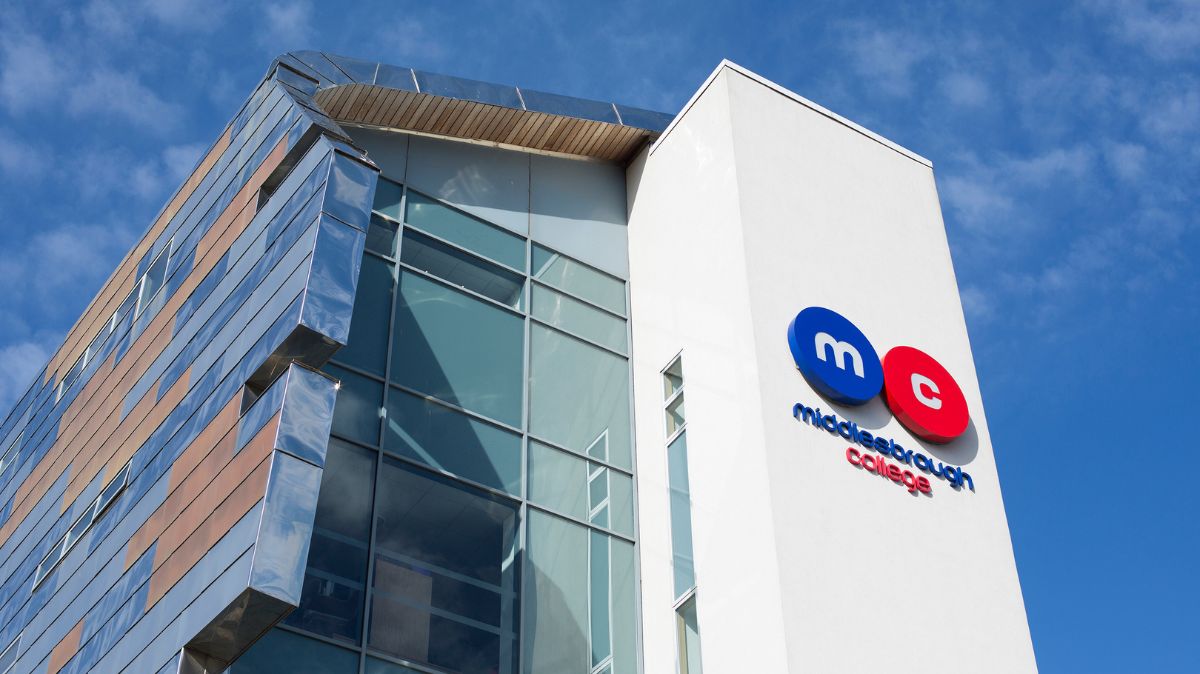How does CENTURY’s AI work?
Estimated reading time: 4 minutes
CENTURY Data Scientist Michael Ma outlines how CENTURY uses artificial intelligence to help teachers provide each student with a personalised education.
Artificial intelligence is transforming the world around us, from how we shop online to how doctors diagnose medical conditions. AI has the potential to change education for the better in the same way it is changing every other sector by facilitating an education personalised to each student by learning their strengths, weaknesses and behaviours at a higher speed and granularity than us humans could ever do.
Teachers can often each teach hundreds of students – so learning each of their personal attributes is a difficult task, one that becomes impossible to do quickly enough to maximise every precious week of the academic year. AI is now being used in hundreds of schools across the world to empower teachers by giving them the data they need to provide their students with what they deserve – an excellent education tailored to them as individuals.
But just how can you tell whether a product that claims to use AI actually does use AI? To understand this, we must first recognise that all uses of AI are measured on a fluid scale, with technologies based on human-coded rules that are not truly self-learning at the bottom, and with fully-sentient intelligences like R2-D2, Wall-E, and Optimus Prime at the top.
Companies that claim to be operating at the peak of AI should be taken with a grain of salt, as the examples outlined have barely made their way into reality, let alone the European start-up landscape. Two-fifths of AI-branded start-ups still operate on rules-based methodologies, so it is vital that any company claiming to use AI outlines just how this is so.
We certainly are not developing robots designed to take over the classroom
At CENTURY, we certainly are not developing robots designed to take over the classroom. C-3PO will never be delivering double maths on our watch. Instead, our AI product uses a range of machine learning algorithms and systems that are fed huge amounts of data until they are able to make decisions and recommendations by themselves.
Our technology is built on a rich data store, the foundation for all great machine learning-based technologies. From the duration students spend reading learning content to their historical performance on a plethora of different question types, our teams diligently collect, clean, and transform the data in ways that shape our platform to become better and better at making recommendations for the individual student.
Natural language processing enhances our predictive modelling
Algorithmically, we use ideas similar to those used by Netflix for recommending your next binge and Amazon for suggesting your next purchase, but developed with educational and neuroscientific nuances in mind so that a student is given what they need, not just more of what they want. Our recommender systems trained on student behaviour suggest learning options tailored to every pupil. Clustering frameworks identify the guidance different student groups need, and natural language processing – powered by rich banks of qualitative content and student-teacher-input text – enhances our predictive modelling.
Our algorithms have been trained for years and are constantly being tested and improved. We started off with a beta platform that was used by 20 schools in a closed study for two years, allowing us to build data that could then be used to train our algorithms on how students learn. Over the last three years, CENTURY has been used by many more institutions, with tens of thousands of students providing an enormous amount of data. The platform now operates autonomously and is able to provide truly personalised learning to students.
At the forefront of recommender system design
AI is a constantly-evolving discipline, encouraging those applying it to constantly enhance their product. As our data banks have grown, our natural language processing stack has expanded to the marking of students’ work, such as feedback on student-typed answers that consider both semantic and grammatical nuances in their language. Likewise, new collaborations with leading academics have allowed us to remain at the forefront of recommender system design – taking ever more learner behaviours into account.
But the most important gear in any machine learning engine is the least mechanical of all – the human component. Our team of neuroscientists, pedagogists and experienced teachers provide input every step of the way. Because at its core, CENTURY is made for them.
CENTURY automates the tasks best suited for machines – like marking, planning and data gathering – so educators can focus on building human relationships with their students. It reduces teachers’ time spent on identifying issues and re-allocates them to addressing them. Most importantly, it provides teachers with the time to observe their students in ways that a machine cannot, and guide them in ways that only another human can.
So to answer the perennial question – does your product really use AI? We are not creating Optimus Prime, and that will never be our aim. But CENTURY uses real, cutting-edge AI and machine learning to improve learning outcomes, expand teacher capability, and elevate the educational experience as a whole.
CENTURY in the news
View all News
-
Blog
7th July 2025
Why FE colleges love CENTURY
We spoke to our FE colleges and compiled the top reasons why they love CENTURY. The reasons range from our Initial Assessment's accuracy to the enhanced learner experience.
Read more
-
Case studies
3rd July 2025
Driving Progress with CENTURY at Middlesbrough College
CENTURY sat down with Rich Walsh, English and Maths Innovation Manager at Middlesbrough Colleges, to understand how the college has implemented the AI-powered platform and shared the results of the analysis. Read on to learn about CENTURY’s impact.
Read more


